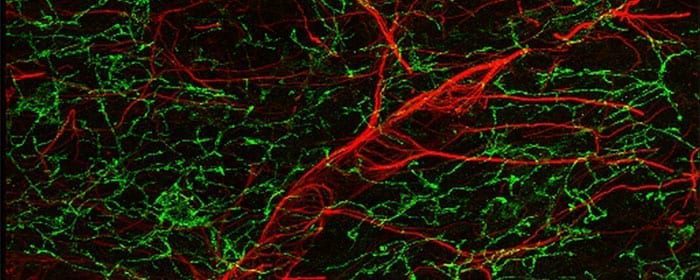A recent review published in BMC Neuroscience synthesizes research related to intranasal delivery and describes comprehensively how the method targets therapeutic agents to the central nervous system to treat neurodegenerative disease. Perhaps the most critical aspect of intranasal delivery is that it bypasses the blood-brain barrier, a barrier that limits the ability of other therapeutic approaches to successfully impact the brain and spinal cord.
According to the researchers, other advantages of intranasal delivery include its non-invasive nature and its rapid action. Intranasal delivery causes less pain and distress than other procedures, such as brain surgery, that are used to intervene in central nervous system activity when the blood-brain barrier cannot be penetrated with other available techniques. Further, intranasal delivery delivers drugs to the central nervous system in just minutes.
Given that intranasal administration is a relatively new approach, much research must be conducted to confirm which therapies can be effectively delivered to the central nervous system with this approach, as well as which diseases can be successfully treated with the method. Basic science research has provided promising data for the use of intranasal administration to reverse neurodegeneration and to rescue memory in Alzheimer’s disease. Specific molecules have also been shown to protect the brain against stroke, as well as to stimulate the formation of new brain cells.
Research in Alzheimer’s patients and those with mild cognitive impairment has shown that intranasal insulin can improve memory and attention. Intranasal insulin has also been shown to enhance memory and mood in normal adults who do not suffer from clinical neurodegeneration. As more studies are performed on intranasal administration, it is likely that new uses of the technique will arise. Molecules, for instance, that have not yet been tested could become promising candidates for treating neurological disorders, and interventions for diseases that have not yet been adequately explored in terms of the relevance of intranasal administration may be developed.
Learn more about Alzheimer’s disease treatment here.
Reference


 St. Petersburg, Florida
St. Petersburg, Florida
